How to Use an Automated Bidding Strategy
You may have heard people talk about “bidding” in digital marketing. Similar to an art auction, where prospective buyers propose a price for a painting then bid against each other till the sale is made, marketers compete for ad placements on Google through a largely automated bidding process.
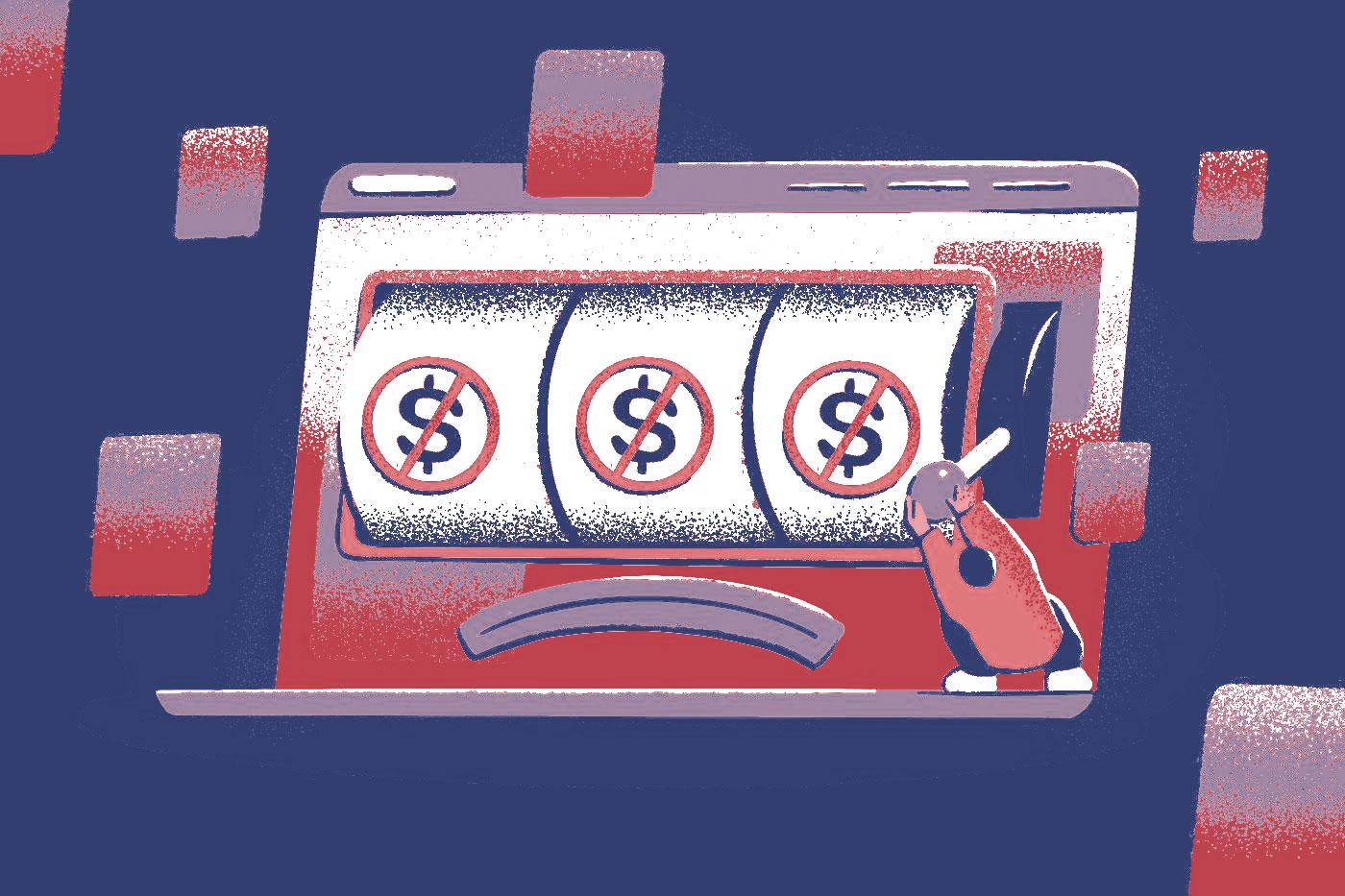
Keyword bidding is how you get your ad to appear at the top of a search engine results page (SERP) when someone searches something on Google. A bid in digital advertising represents the maximum amount of money someone is willing to pay for each user that interacts with their ad after a search.
Whenever someone searches for something on Google, a nearly instantaneous automated auction takes place whenever more than one advertiser is bidding on the keywords in the search. The result of the auction determines:
- Which ad Google will show on the SERP which can also depend on ad quality.
- Where on the results page the ad will be shown.
- How much the advertiser must pay for the click.
Automated Bidding vs. Manual Bidding: What’s the difference?
With automated bidding, advertisers set parameters and let Google’s algorithms take over from there, optimizing the campaign for maximum performance. Automated bidding strategies learn from past performance data, take into account the constantly changing auction dynamics, and adjust bids accordingly for each impression. This makes it much easier for advertisers to get results quickly.
On the other hand, manual bidding consists of advertisers managing their keyword bids without the assistance of Google’s AI. They rely on reviewing past campaign performance to raise or lower each keyword’s bid in their day-to-day campaign optimizations. Manual bidding, however, typically requires more time and effort to optimize campaigns for maximum performance. It also requires advertisers to hold enough experience to confidently assess and change bids.
Automated bidding strategies offer more granular control: you can set specific goals for individual campaigns and even keyword groups. It gives you time back to focus on other parts of your campaign, such as your creatives, messaging, and targeting. Plus, automated bidding can help you maximize your budget by better allocating your spending to the most effective keywords and ads. This can help you get the most out of your budget, while still reaching your desired goals.
Overall, automated bidding offers greater scalability and faster results than manual bidding, making it the preferred method for most advertisers.
8 Types of Automated Bidding Strategies
Google ads has many different types of auctions. Once you understand how these different auctions work, you can formulate an automated bidding strategy that will greatly improve your campaign’s performance. That’s why we’ve broken down each automated bidding strategy so you can pick what’s best for your campaign.
Enhanced Cost Per Click (ECPC)
Enhanced CPC bidding automatically adjusts your bids depending on the performance of your ads. It will increase bids for campaigns that generally outperform your competitors. Likewise, it will decrease bids for campaigns that are underperforming. This system ensures that you get the most clicks for your budget.

ECPC is considered a semi-automated bidding strategy because the advertiser must launch a campaign by manually setting a bid. Google will then raise or lower the bid based on the likelihood that a click will lead to a successful outcome such as a form submission or a sale.
Also, ECPC adjusts bids based on your predefined goals. For example, if you own a restaurant, you can prioritize diners physically coming to your location over users who are just looking for delivery. Another example can be prioritizing online sales over people coming into an ecommerce business to buy merchandise.
Maximize Clicks
Maximize clicks bidding – it’s an awkward name! – helps you get the highest number of clicks from your target audience, at the best possible cost. Google Ads does this by using advanced machine learning to adjust bids for every auction, taking into account a variety of factors such as device type, location, time of day, the relevance of your ad, and more.
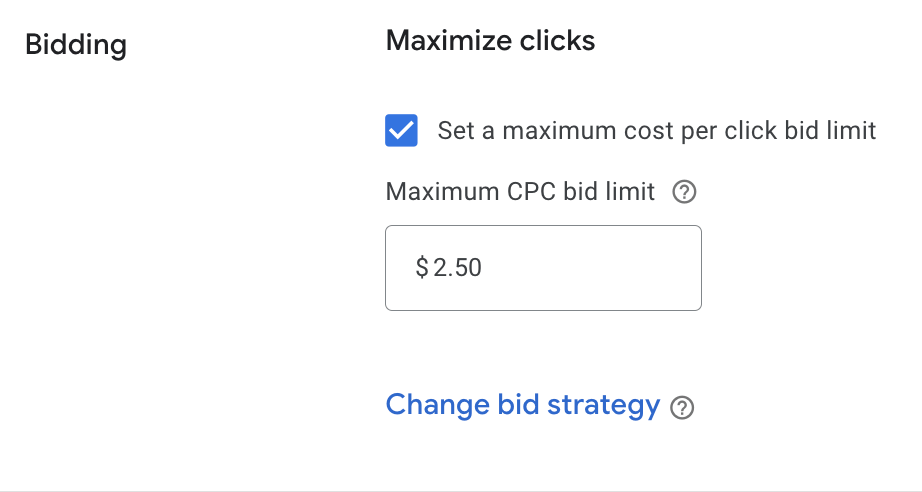
This strategy is great when you first launch a campaign and need to obtain performance data quickly. Many advertisers will start with a maximize clicks auction and switch to maximizing conversions once Google has enough data to prioritize conversions over clicks.
Maximize Conversions
Maximize conversions bidding is a slightly more advanced version of maximize clicks. Maximize conversions bidding aims to get the highest number of conversions from your target audience, at the best possible cost.
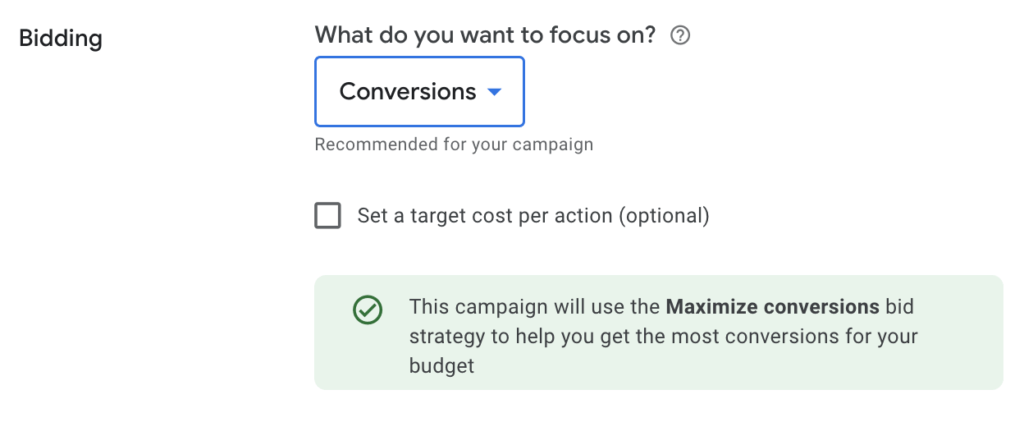
Google’s machine learning optimizes bids and allocates budgets based on what users are more likely to convert. It also helps you identify which campaigns are performing well and which need more attention. This allows you to focus your resources on the campaigns that will give you the most sales, leads, or custom conversions.
Maximize Conversion Value
The next step up is maximize conversion value bidding, which is an advanced version of maximize conversion. This type of automated bid gets the most value from your budget.
So how does it do that? Instead of obtaining the highest number of conversions possible, maximum conversion value bidding aims to obtain conversions that will lead to the highest return. It prioritizes the quality of those conversions over the quantity.
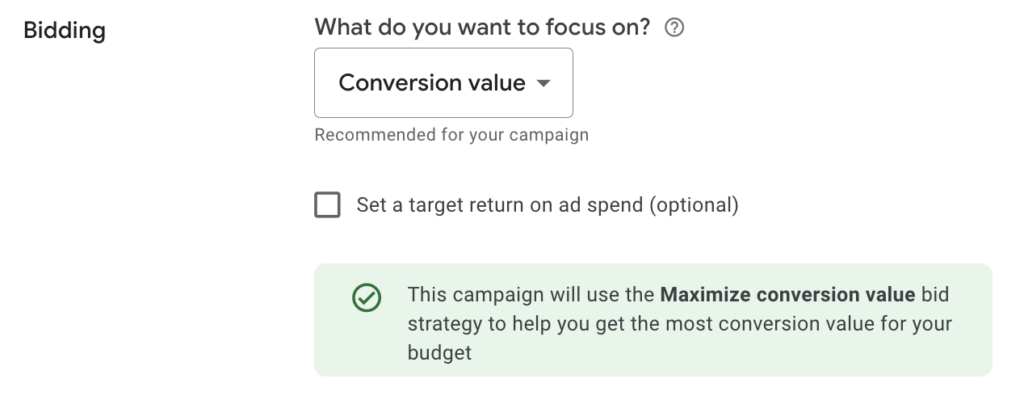
As a result, many advertisers treat clicks, conversions, and conversion value as a three step progression when they launch a campaign. Start by maximizing clicks, then switch to maximizing conversions, then switch to maximizing conversion value. Each step yields the performance data you need for the next one.
Target Cost Per Action (tCPA)
tCPA bidding is only available within Google’s “maximize conversion” objective. Also considered a semi-automated form of bidding, tCPA lets you set your ideal monetary conversion value. You can also set minimum and maximum values that give Google parameters for its automated bidding. This ensures Google doesn’t bid too high or too low.

Because it dynamically sets bids to maximize the number of conversions, you’ll need a lot of past performance data. Therefore, it’s best to launch a campaign with the “maximize clicks” objective first. You’ll also need to manually review your data to determine the tCPA as well as the minimum and maximum value parameters.
Target Return on Ad Spend (tROAS)
tROAS bidding is the advanced version over tCPA. (As you can see, there are a lot of levels to this!) It’s also only available within Google’s “maximize conversion value” objective. As our last semi-automated bidding objective, tROAS lets you set your ideal return on ad spend.
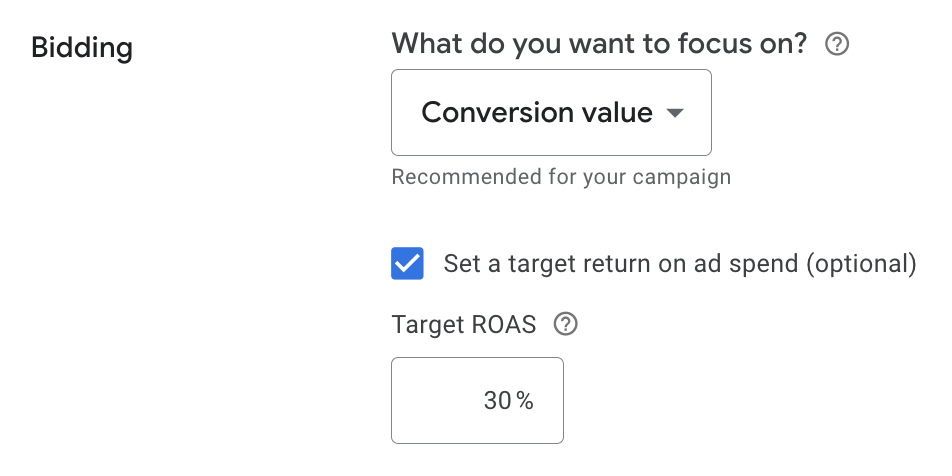
Google ads uses historical data to predict conversion value and adjusts bids in real time to achieve your preselected tROAS. You can also manually select minimum and maximum parameters based on past performance data. However, Google advises against this as it can limit machine learning.
Viewable Cost per 1,000 Impressions (vCPM)
As a display-only bid strategy, vCPM gets you the most views of your ads for a given budget. Google states that your ad counts as “viewable” when 50% of your ad shows on screen for one second or longer for display ads, and two seconds or longer for video ads.

vCPM serves as a great top-of-funnel, brand awareness strategy. It ensures that ad impressions are seen by more of the right people, leading to higher engagement. It also helps to reduce wasted ad spend as it continuously monitors and adjusts bids in real-time, ensuring that campaigns are always targeting the most optimal viewable CPM.
Cost Per View (CPV)
The CPV strategy allows you to set specific rules for when and how much you are willing to bid on a video ad. You can set parameters for when bids should be increased or decreased based on performance. This makes sure Google won’t exceed the maximum you’re willing to pay for a view.
For example, if someone watched your video for more than 15 seconds, you’ll be charged for the view. Similarly, Google will not charge you if someone skips the video at the five second point. You’ll also be charged if the user clicks on the ad regardless of how much time they watched.
Better Bids with Cordelia Labs
It’s a lot of work learning all the in’s and out’s of automated bidding. It can take years of trial and error to get comfortable with picking the right strategy – and even more to catch up with Google’s constant changes.
If you want to advertise on Google but need help getting started, let’s get in touch. Cordelia Labs meets you where you are and charts where you want to go next. We’ll get to know your target audience and figure out what makes them click. We formulate strategies that turn clicks into conversions.
